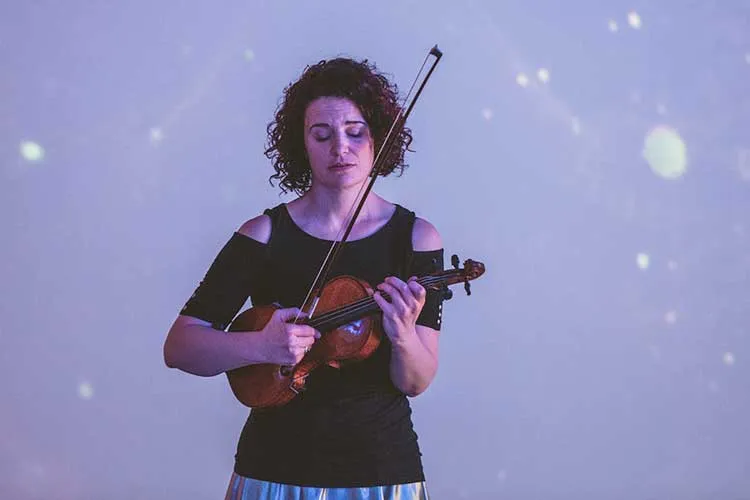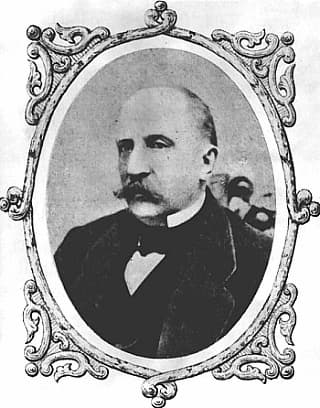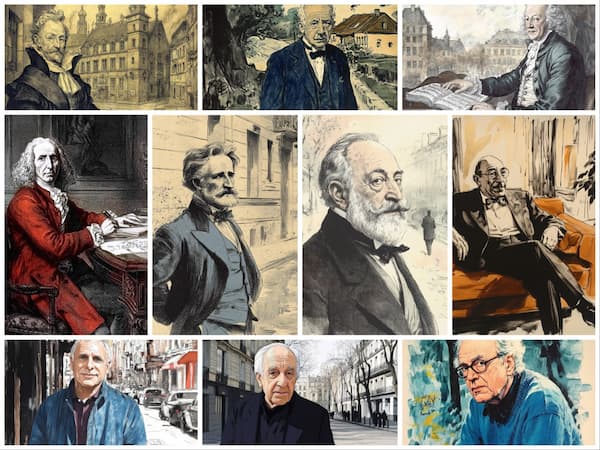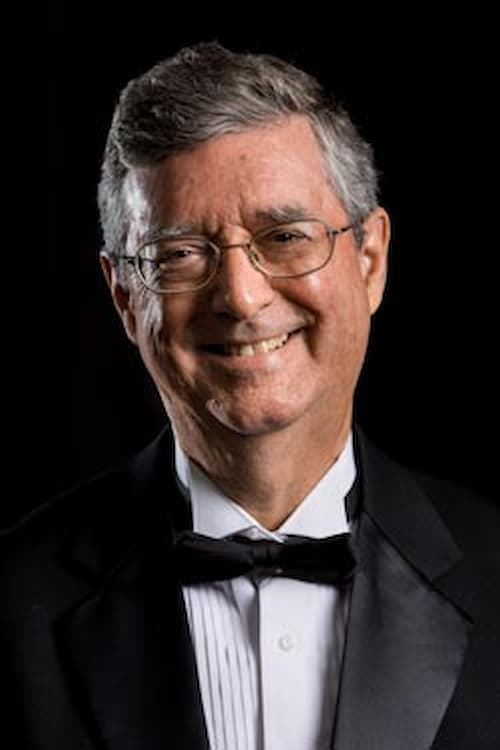The Spanish composer and teacher Conrado del Campo (1878–1953) was considered the most important Spanish music teacher of his time, teaching at the Real Conservatorio Superior de Música in Madrid for over 40 years. He was also a conductor, leading the Madrid Symphony Orchestra from 1939 to 1947, and from 1945, leading the Spanish National Radio Orchestra.

Conrado del Campo
As a composer, he was awarded a number of prizes, including the Franz Schubert Prize of Vienna in 1928 and the Spanish National Prize for Music in 1944. In 1946 he was awarded the Grand Cross of Alfonso X El Sabio for his services to Spanish music. His musical style was considered controversial for its adherence to the German styles of Wagner and Strauss at a time when French styles were preferred in Spain. And, yet, he was fastidious in his choices. When incorporating Spanish folk elements, he avoided the music of southern Spain (Andalucia), which he felt was so overused as to be more stereotypes than models.
A new project, the Proyecto Conrado, is working on rediscovering and promoting del Campo’s string quartets by editing and publishing the scores and recording the works. He wrote 14 string quartets, one of which is lost, and, over two widely separated time periods: Nos. 1-8 between 1903 and 1913 and nos. 9-14 between 1942 and 1952. They are indicative of the variety of influences under which del Campo worked: ‘large-scale forms inherited from Beethoven and chromatic harmonic writing from the late Romantics, cyclic processes and the music traditions of Spain’ all had a place in his style. Of his string quartets, only no. 5 appeared in print in his lifetime (No. 5, written in 1908, and published in 1924).
His sixth quartet, written in 1907 while he was playing with the Cuarteto Francés (which he founded in 1903), and the Madrid Symphony Orchestra (from 1904), was written for the Charro-Hidalgo Prize given by the Madrid athenaeum. The remit was ‘a quartet in which regional Spanish themes or songs are used, along with a statement indicating the original form of the latter and the region from which they originate’, and he responded with Cuatro estudios, en forma de cuarteto, sobre cantos populares asturianos. He won the prize but the expected premiere did not happen, and the work’s first performance was not held until 1984, 77 years later.
Del Campo felt that the remit for the quartet meant that he needed to use his chosen folk materials while not sounding old-fashioned. Remarkably, instead of choosing a limited number of folk songs, he chose 11 songs from Asturias (in northwestern Spain), listing them at the beginning of the score by movement and letters
I. A Aquel pobre marino [That poor sailor]
B La camisa del majo [The young man’s shirt].
II. (Balada)
C Tengo de subir al puerto [I must go up to the mountain pass]
D Si la nieve que cae [If the falling snow].
III. (Scherzo)
E Lleváronme la neña [They’ve taken away my girl].
IV. (Rapsodia)
F Caminito del puerto [Narrow mountain path]
G No la puedo olvidar [I can’t forget her]
H Menéate, buena moza [Come along, my girl]
I A mí me gusta lo blanco [I like the white one]
J Fandango
K Debajo de la cama [Under the bed].
His goal was, like his European models, to create a work that fuses popular and art music so closely together that you can’t find the divides. He had many Central European models to help with this. The work becomes a mix of elements from Beethoven’s quartets and the ‘open suite and novelette forms’ as used by Russian composers.
The first movement uses the contrasting characters of his two folk songs, Aquel pobre marino is melancholy and lyrical and serves as a contrast with the lively rhythms of La camisa del majo.
Conrado del Campo: String Quartet No. 6 in B Minor, “Asturian” (Asturiano) – I, Andante (Gerhard Quartet)
The second movement is a ballad in ABA form with an introduction and a coda. The two songs, Tengo de subir al puerto and Si la nieve que cae, are presented, and then the coda functions as a summary of the movement.
Conrado del Campo: String Quartet No. 6 in B Minor, “Asturian” (Asturiano) – II. Balada (Gerhard Quartet)
The third movement, scherzo, is the starring movement of the work. Only one folk song is used, Lleváronme la neña, but the overall effect is more European than we’ve heard before. The theme is fractured, played in different keys, spun out in fugal sections, and the composer plays more with the timbres of the ensemble.
Conrado del Campo: String Quartet No. 6 in B Minor, “Asturian” (Asturiano) – III. Scherzo (Gerhard Quartet)
The final movement has been called a ‘free rhapsody in eight sections’, which uses not only the six folk melodies listed but also calls back some of the folk songs used in earlier sections.
Conrado del Campo: String Quartet No. 6 in B Minor, “Asturian” (Asturiano) – IV. Final: Rapsodia (Gerhard Quartet)
Del Campos’ sixth quartet, although just now coming into public knowledge, is an interesting contribution to the world of music at the turn of the 20th century. The influence of the German composers cannot be swept away, but, at the same time, local voices were changing the monumentality of that legacy.
For more of the best in classical music, sign up for our E-Newsletter




